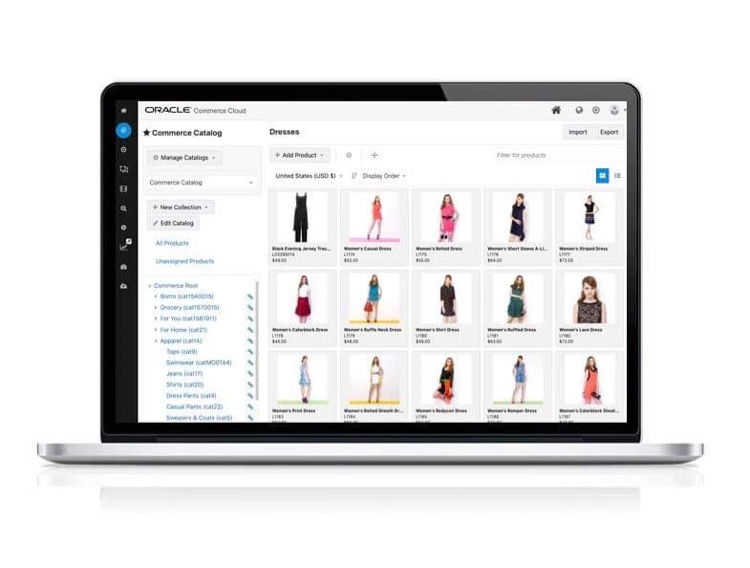Customer buying habits are more unpredictable and volatile than ever due to the pandemic, reducing the effectiveness of historical purchase data to predict behaviour and plan product inventory.
The new Oracle Retail Inventory Optimisation Cloud Service responds to this issue as it can sit between a retailer’s forecasting and supply chain system to optimise inventory.
With pre-built machine learning models, it more accurately predicts overall inventory levels, recommends inventory re-distribution, balance supply and demand to free up money tied up in excess inventory, and more.
The cloud service easily integrates with existing forecasting and supply chain solutions and can be deployed quickly by a retailer’s IT and development teams.
“Retailers are struggling to adjust decades of well-defined inventory and traditional supply chain management processes that have been thrown a curveball by COVID-19,” Oracle Retail vice president of strategy and solution management, Jeff Warren said.
“With the ability to be deployed in just weeks, Oracle Retail Inventory Optimisation Cloud Service does the heavy lifting and modelling to rebalance and optimise inventory so retailers can invest in the right products and automatically adapt to new consumer patterns as they occur.”
With the Oracle cloud service, retailers can simulate and forecast optimal inventory positions and parameters to eliminate trial-and-error. As a result, supply chain executives and chief financial officers can manage cash flow and determine the impact of inventory on the balance sheet.
The autonomous solution self-learns and automatically tunes to optimise working capital and deliver fast value by:
- Performing continuous optimisation of replenishment parameters;
- Informing replenishment strategies with service-to-inventory trade-offs;
- Translating objectives into machine learning-driven replenishment policies down to the item-location;
- Recommending inventory re-distribution to serve customers and avoid markdowns;
- Enriching the inventory movement processes with time-phased inventory projections;
- Helping increase employee productivity to maximise a constrained workforce; and
- Interacting with Oracle Retail Offer Optimisation to drive better outcomes through simultaneous manipulation of supply and demand.

